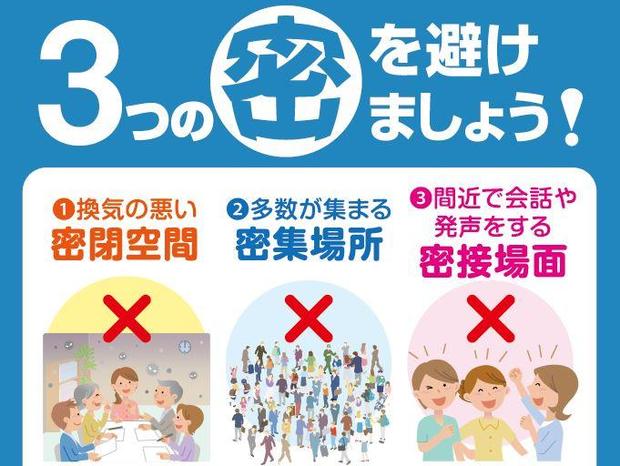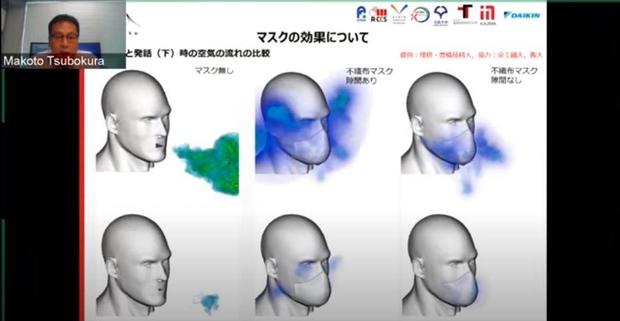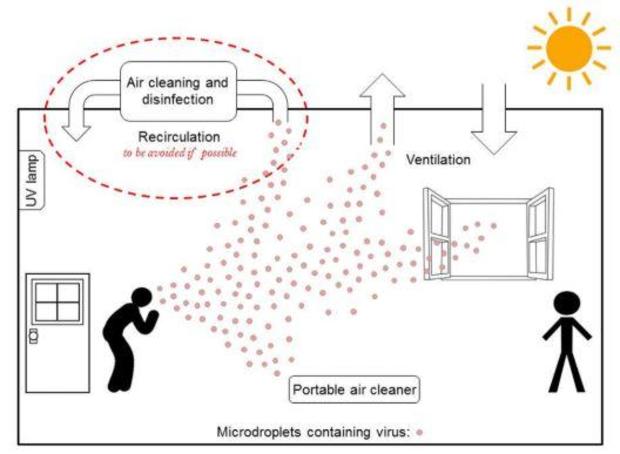WHO acknowledges coronavirus can be airborne
WHO acknowledges coronavirus can be airborne
07:50
Tokyo — Under pressure from the scientific community, the World Health Organization acknowledged last week the airborne transmission of “micro-droplets” as a possible third cause of COVID-19 infections. To many researchers in Japan, the admission felt anti-climactic.
This densely populated country has operated for months on the assumption that tiny, “aerosolized” particles in crowded settings are turbo-charging the spread of the new coronavirus.
Very few diseases — tuberculosis, chicken pox and measles — have been deemed transmissible through aerosols. Most are spread only through direct contact with infected persons or their bodily fluids, or contaminated surfaces.
- WHO chief warns coronavirus pandemic “accelerating”
Still the WHO has refused to confirm aerosols as a major source of new coronavirus infections, saying more evidence is needed. But scientists are keeping the pressure on.
“If the WHO recognizes what we did in Japan, then maybe in other parts of the world, they will change (their antiviral procedures),” said Shin-Ichi Tanabe, a professor in the architecture department of Japan’s prestigious Waseda University. He was one of the 239 international scientists who co-wrote an open letter to the WHO urging the United Nations agency to revise its guidelines on how to stop the virus spreading.
Scientists flag airborne coronavirus spread
03:39
Large droplets expelled through the nose and mouth tend to fall to the ground quickly, explained Makoto Tsubokura, who runs the Computational Fluid Dynamics lab at Kobe University. For these larger respiratory particles, social distancing and face masks are considered adequate safeguards. But in rooms with dry, stale air, Tsubokura said his research showed that people coughing, sneezing, and even talking and singing, emit tiny particles that defy gravity — able to hang in the air for many hours or even days, and travel the length of a room.
The key defense against aerosols, Tsubokura said, is diluting the amount of virus in the air by opening windows and doors and ensuring HVAC systems circulate fresh air. In open-plan offices, he said partitions must be high enough to prevent direct contact with large droplets, but low enough to avoid creating a cloud of virus-heavy air (55 inches, or head height.) Small desk fans, he said, can also help diffuse airborne viral density.
To the Japanese, the latest WHO admission did at least vindicate a strategy that the country adopted in February, when residents were told to avoid “the three Cs” — cramped spaces, crowded areas and close conversation.



HANDOUT
After a lull, new infections — primarily among younger residents in Tokyo — have resurged recently, topping 200 for four straight days, before falling back down to 119 on Monday.
Alarmingly, new cases are cropping up not just in notoriously cramped and crowded nightlife spots, but also within homes and workplaces, prompting the national government to consider asking businesses to shut down again in the greater metro region. Authorities are anxious to prevent a corresponding surge in serious cases and deaths, which, thus far, have remained low.
Tsubokura, who also serves as the lead researcher for government institute RIKEN, has run simulations on Japan’s new Fugaku supercomputer studying how to guard against airborne transmission inside subways, offices, schools, hospitals, and other public spaces.



RIKEN
His computer model of riders on Tokyo’s congested Yamanote train line (see the animation at 7:15 minutes in this video) illustrated how air flow stagnates on packed trains with closed windows, in contrast to free-flowing air on carriages with few passengers and open windows. He suggests keeping windows open at all times to mitigate risks when trains fill up.
But Japan’s infamously congested trains, he argues, probably aren’t as as risky as his model suggests. “It is very crowded, and the air is bad,” Kurokabe said. “But nobody is speaking, and everyone is wearing a mask. The risk is not that high.”
- Expert predicts we’ll be living with masks for years
Even riding on a crowded subway train — if windows are kept open, as they are in Japan these days — “is much safer than a pub, restaurant or gym,” said Waseda University’s Tanabe.
Surgeon general “trying to correct” earlier m…
11:41
Masking noses and mouths is all the more important, he said, because his research shows men touch their faces up to 40 times an hour. (He said women, more likely to wear makeup, are less face-touchy.)
“Non-woven (surgical) masks are high-performance, but cloth also works — it’s much better than nothing,” he said. “The only way to avoid leaks (of droplets) is to tightly fit the mask.”



RIKEN
Mask-wearing and ventilation directives are helping the Japanese reopen concert halls, baseball stadiums and other venues. As of last Friday, such venues are permitted to admit up to 5,000 patrons.
Tanabe will be relying on Japan’s new Fugaku supercomputer — recently declared the world’s fastest — to plot optimal ventilation system efficiency.
“It’s like predicting a typhoon,” he said, noting that forecasting both extreme weather and air flow through crowded trains rely on the same equations to calculate fluid dynamics.



Environment International/Science Direct
In an article to be published in the September issue of the scientific journal Environment International — as schools and other public facilities struggle to reopen — Tanabe and other experts argue that safeguarding indoor spaces can be done relatively simply and cheaply, by avoiding crowding and maintaining the flow of fresh air.

